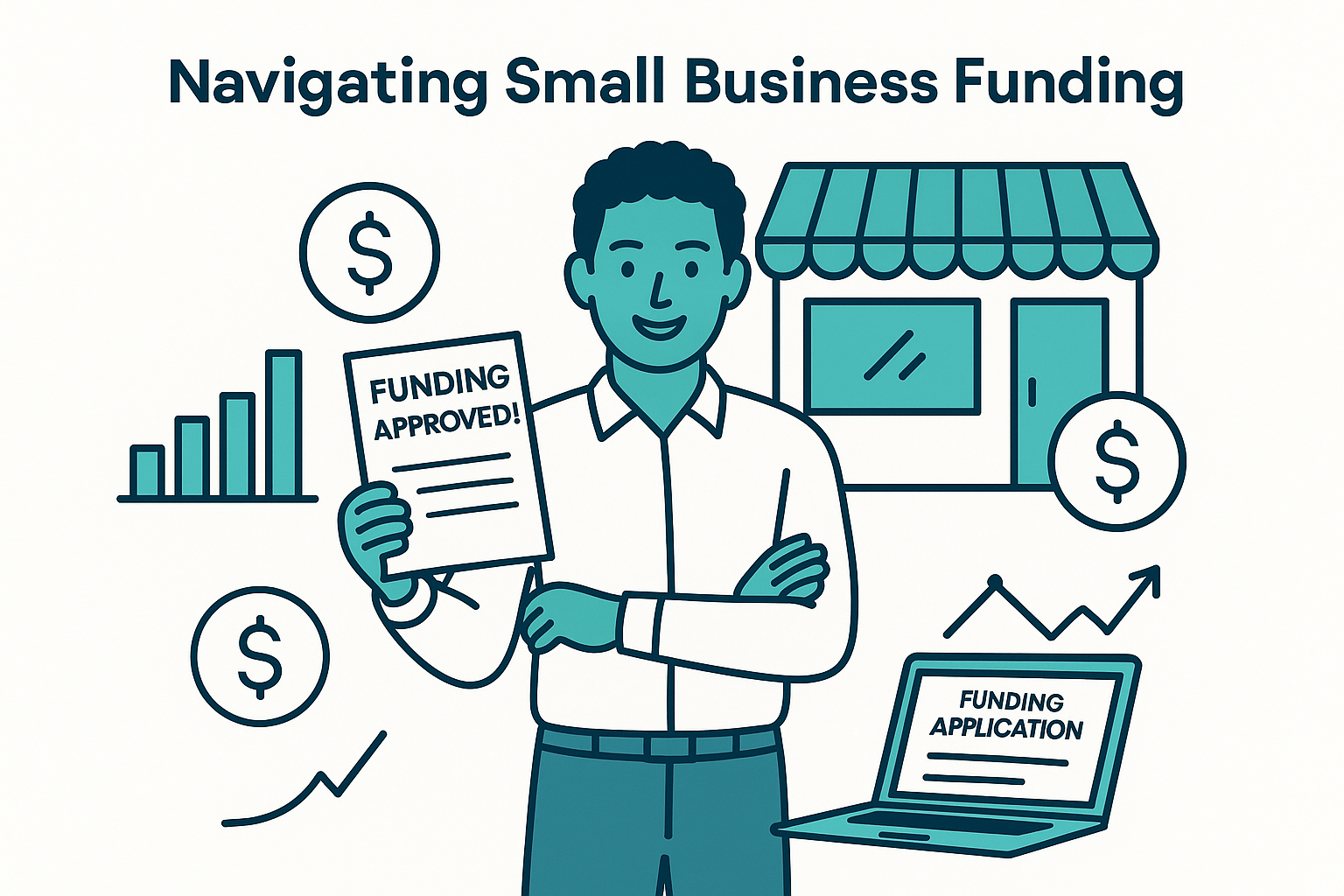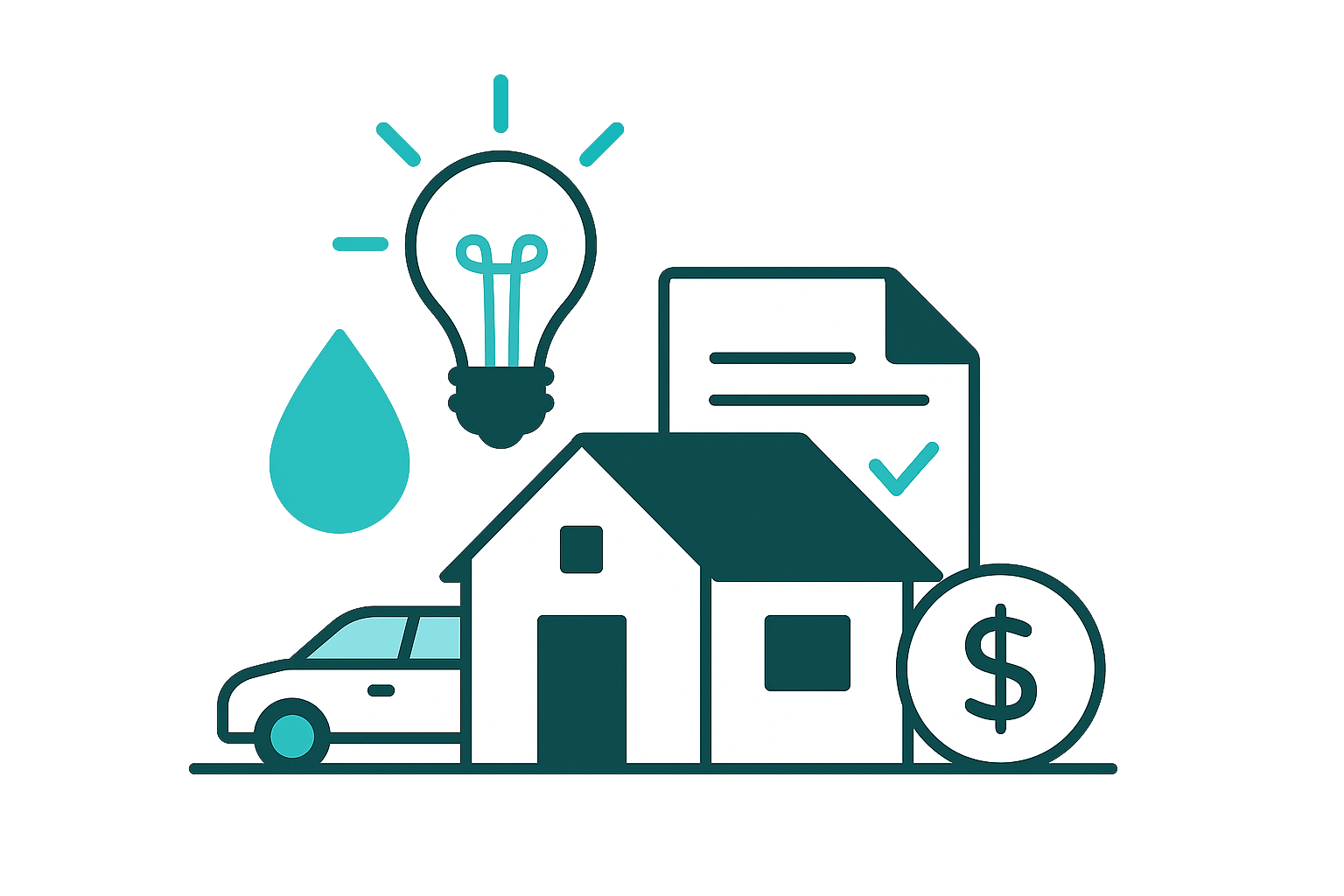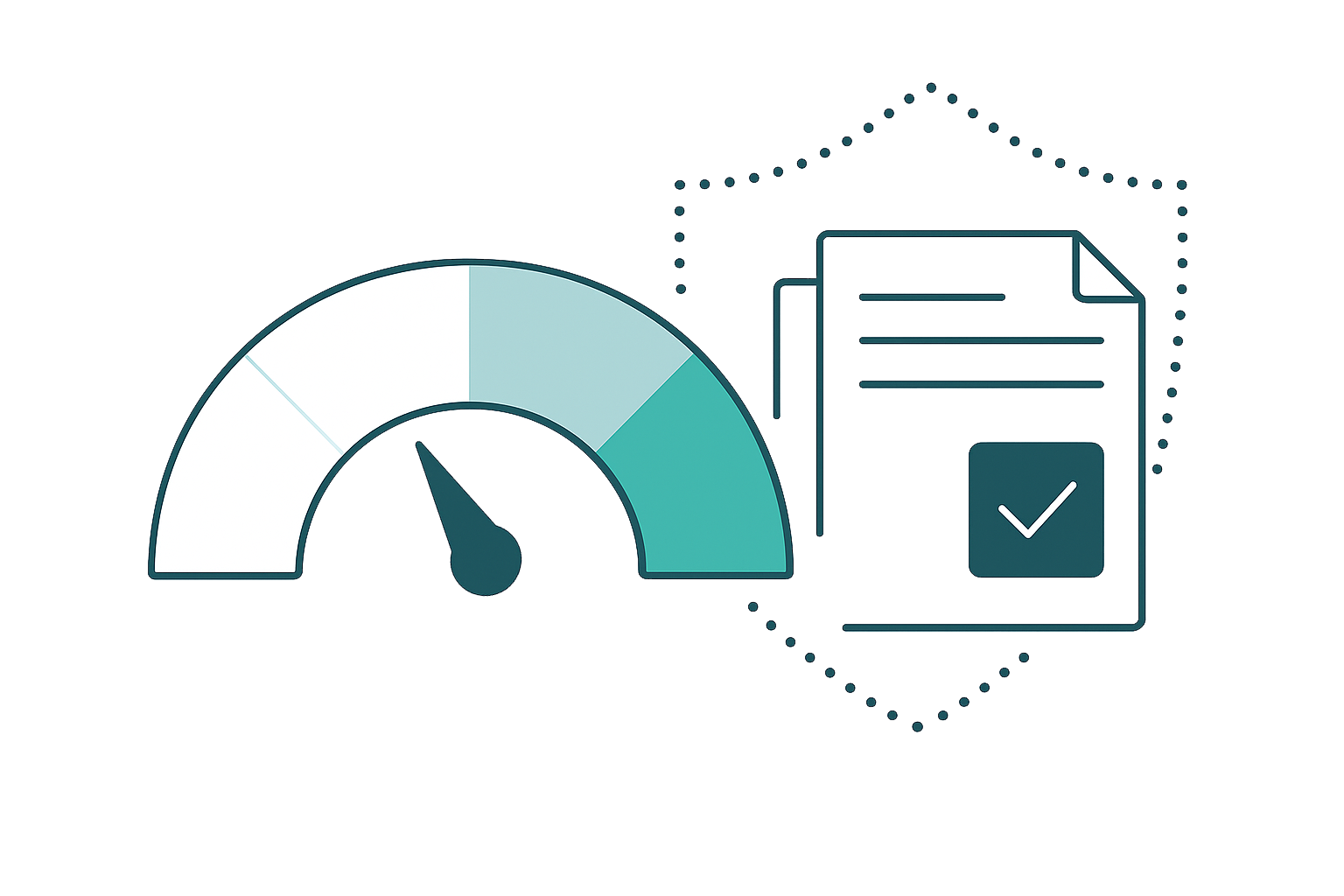Navigating Small Business Funding with Bad Credit
- Personal Finance
- 03 Mins read

Understanding Bad Credit and Its Impact on Your Business
Bad credit can feel like an anchor dragging you down. When you’re trying to secure funding for your small business, a low credit score can make lenders hesitant.
But what exactly is a bad credit score? In Australia, a credit score below 580 is typically considered poor. It reflects your financial history, including late payments and defaults.
While it’s a challenge, it’s not the end of the road. Many businesses have found ways to navigate these waters successfully.
Explore Your Options
When it comes to securing funding with bad credit, you need to adopt a multi-faceted approach. Here are some options:
1. Alternative Lenders
Banks are often strict with their criteria. Alternative lenders, such as online platforms, can be more flexible. They consider your business’s cash flow rather than just your credit score.
Pros:
- Faster approval times.
- More willingness to work with borrowers who have less-than-perfect credit.
Cons:
- Interest rates may be higher.
2. Business Credit Cards
A business credit card can help improve your credit score if used responsibly. Look for cards that report to the credit bureaus.
- Tip: Pay off your balance each month. This shows lenders your ability to manage debt.
3. Peer-to-Peer Lending
Platforms that connect borrowers directly to investors can be an excellent resource for small businesses. They often have lower barriers for entry.
- Pros: You may find better interest rates compared to traditional loans.
- Cons: Less regulation means some platforms may have hidden fees.
4. Microloans
Organizations like Kiva offer smaller loan amounts for those in need. These loans often come with flexible terms, making them ideal for individuals with bad credit.
Improving Your Credit Score
While you explore your funding options, take steps to improve your credit score. Here are three effective strategies:
1. Pay Your Bills on Time
One late payment can hurt your score significantly. Set reminders or automate your payments to ensure you’re always on time.
2. Reduce Existing Debt
Focus on paying down existing debts. This can help lower your credit utilization ratio, which is the percentage of your available credit that you’re using.
3. Check Your Credit Report
Mistakes happen, and they can affect your score. Obtain a free credit report through agencies like Equifax or Experian and ensure everything is accurate.
“You can’t change your past, but you can control your future. Focus on what you can improve today.”
Building Strong Relationships with Lenders
Being open and honest with potential lenders can set you apart. Share your business plan, cash flow forecasts, and explain how you plan to overcome your credit challenges.
Crafting Your Business Plan
Your business plan is your story. Include:
- Executive Summary: Who you are and what your business does.
- Market Analysis: Understand your customers and competitors.
- Financial Projections: Show potential profitability.
Highlight Your Strengths: If you have a great product and a solid track record, emphasize that despite your credit score.
Leveraging Assets for Secured Loans
If you own assets like property or equipment, consider a secured loan. These loans use your assets as collateral, which can offset the lender’s risk.
- Pros: Lower interest rates, as they’re backed by collateral.
- Cons: You risk losing your asset if you can’t repay the loan.
Networking and Community Support
Connecting with other business owners can provide valuable insights and support. Attend local business networking events, workshops, or join online forums.
Local Business Grants
Look into local government programs that offer grants for small businesses, especially those focusing on innovation or community development. Unlike loans, grants don’t need to be repaid.
Conclusion
Navigating small business funding with bad credit may seem daunting, but it is possible. By diversifying your funding sources, improving your credit score, and building strong relationships with lenders, you can position yourself for success.
Remember, challenges can spark creativity and drive. Focus on your strengths, and don’t hesitate to seek help when needed. Your business dreams are within reach—stay persistent and proactive.
Key Takeaways
- Explore alternative lenders and peer-to-peer options that consider your business’s cash flow.
- Improve your credit score by paying bills on time and reducing debt.
- Network and investigate local grants that don’t require repayment.
Good luck on your journey to secure funding for your small business!



